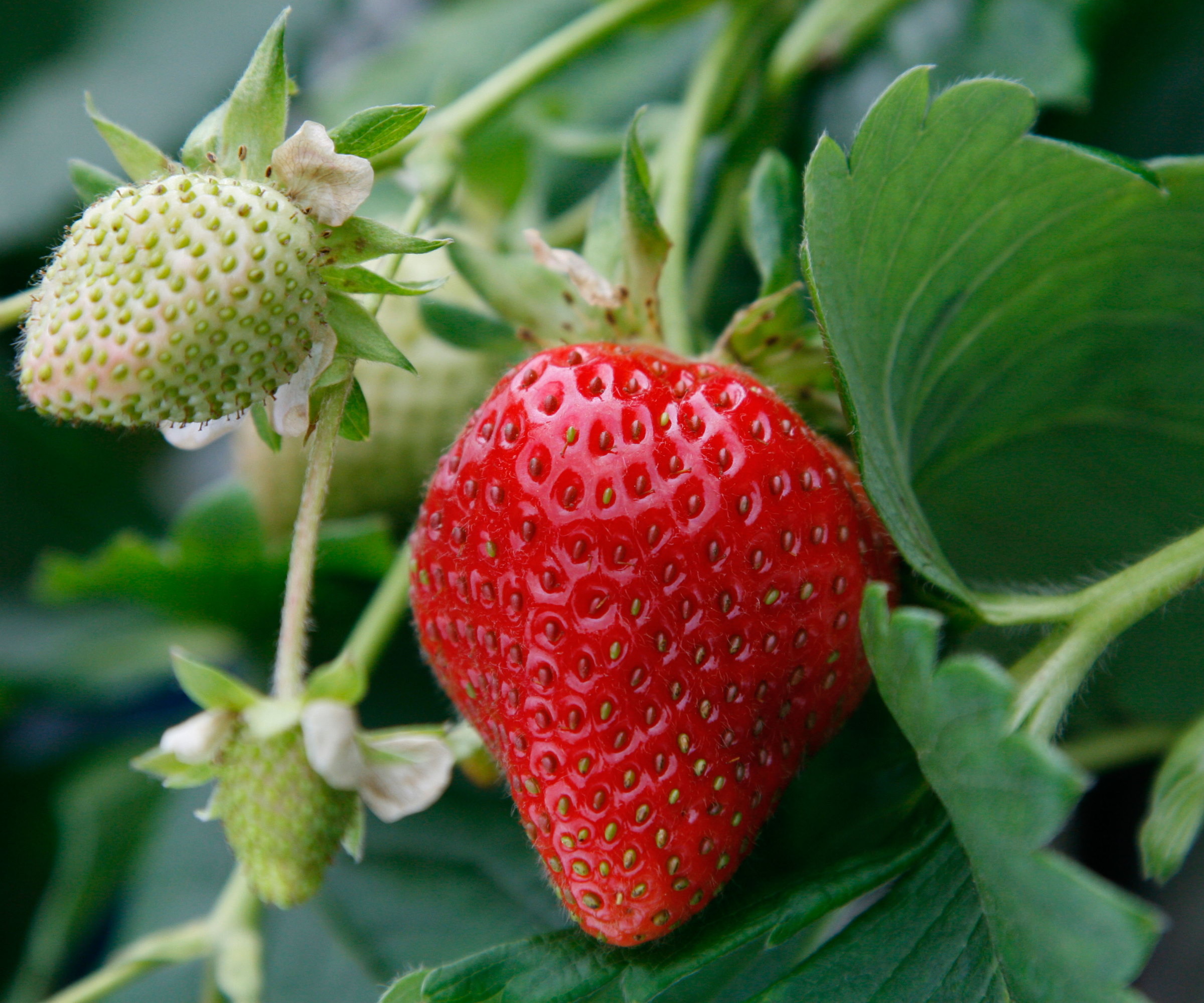
Strawberry plants can start looking ragged come fall. After a prosperous summer of producing fruit and growing foliage, a strawberry bed can be covered in old, tatty leaves and a mass of runners.
Whether you grow strawberries in the ground, raised beds, or containers, it may be tempting to head out with the trimmers and give the plants a little cutback. The plants will undoubtedly look neater with a little haircut, but should you actually cut strawberries back in the fall?
Fall may be a good time to divide strawberries by removing runners to propagate new plants, but excessively cutting back strawberries in the fall can risk the health of plants and jeopardize future harvests.

Do you trim strawberry plants for winter?
To answer this question, we hear from some experts about what you should and shouldn’t cut back on established strawberry plants in the fall. Early to mid-fall may be an ideal time to plant strawberries - but it would be foolish to cut back those new plants ahead of winter.
Do you cut strawberries back in the fall?

Strawberries are hardy in US hardiness zones 6 and above but may benefit from protection courtesy of horticultural fleece or a mulching layer of straw in colder climates. One of the main pitfalls of cutting strawberries back in the fall is that the crown of the plants will be exposed to colds and frosts during winter. Excessively trimming strawberry plants ahead of winter poses a particular risk in colder US hardiness zones.
‘We do not recommend pruning these plants right before winter,’ warns Lotte Berendsen, a certified botanist from the PlantIn app. ‘If frosts occur right after pruning, the cold can cause serious harm to the plant tissue.
‘Also, healthy leaves can act as a protective barrier for new, fresh growth in early spring.’
There are different types of strawberry plants, namely summer-fruiting and fall-bearing varieties. Summer-fruiting types want to be cut back to around three inches tall after they finish fruiting in late summer while fall-bearing types will benefit from being trimmed after cropping - but more lightly than the summer plants.
‘Fall-bearing strawberries should be pruned only to remove the dead and diseased leaves around September or October to prevent diseases,’ advises Lotte Berendsen. ‘Don’t cut your fall-bearing plants down to the crown; you’ll sacrifice potential fruits.’
Pruning summer-fruiting strawberries in fall would be a pruning mistake as it risks next year’s crop and leaves the tender crown at risk of freezing. Trimming fall-fruiting types too early robs them of an opportunity to grow late fruits.
Leaving the foliage in place for winter can protect any strawberry crown from freezing or rotting. Indeed, cutting back any types of strawberries hard in the fall only increases the risk of the plants succumbing to the cold winter weather, even with the added protection of mulch. All healthy, green leaves are best left and all focus should be on removing dead, brown leaves.
The gentle cutting back of dead or diseased leaves in the fall helps keep fungal and bacterial strawberry diseases at bay and ensures the plants are healthy to start growing again come spring. Lindsey Chastain, CEO of the Waddle and Cluck, adds that gently removing such foliage can combat strawberry pests too. She says: ‘Removing dead leaves reduces areas where these pests might decide to hunker down for the winter.’
Any cutting back of strawberry plants in fall must be done carefully, to avoid causing damage to the plant’s central crown. A pair of clean and sharp pruning shears is the best garden tool for the job as you can target infected or dead leaves and collect them away from the strawberry bed. Diseased leaves should be bagged and binned, not used to make compost.
A pair of comfortable and lightweight professional pruning shears featuring high-quality hardened steel blades and sturdy aluminium alloy handles. An ideal tool for a range of pruning tasks.
FAQs
Do you cut back everbearing strawberries in the fall?
Everbearing strawberries crop in late spring and late summer or early fall. The optimal time to prune them is in spring, cutting back everbearing strawberries in fall is not recommended.
Any mulching to help overwinter strawberry plants should be done ahead of the first ground frosts. Lindsey Chastain advises to ‘avoid any heavy, dense materials’ as it risks retaining too much moisture around the crowns. Straw or pine needles are preferable to compost or leaf mulch.







